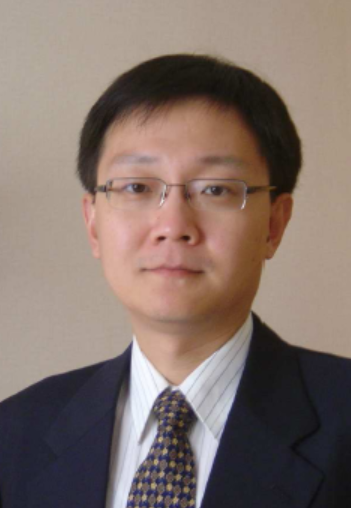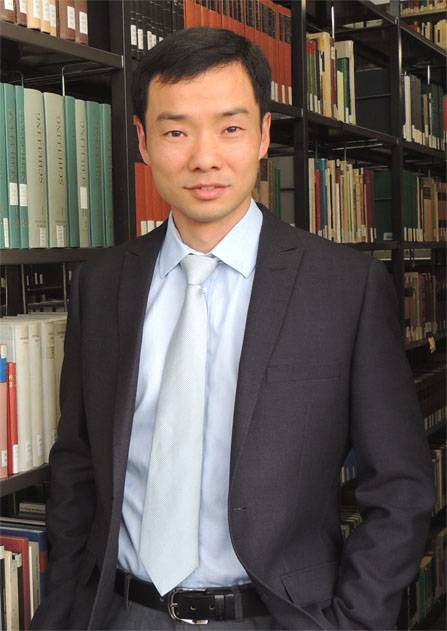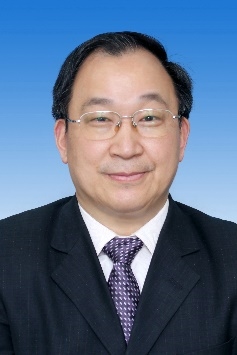Draft Full Paper Due:
October 10, 2025
Notification of Draft Paper Acceptance:
October 20, 2025
Final Manuscript Due:
October 30, 2025
Author Registration Deadline:
November 5, 2025
Regular Attendee Early Bird Registration Deadline:
November 5, 2025
Proposed invitation
(1) Chunsheng Yang
Fellow of the Canadian Academy of Engineering (FCAE), Nagoya University of Technology, Japan

(2) Prof. Saim Memon
Chartered Engineer/Fellow of Higher Education Academy, Yalton University, UK
(3) Prof. Zheng Liu
University of British Columbia – Okanagan Kelowna, British Columbia, Canada

(4) Prof. Yaguo Lei
Xi’an Jiaotong University, China

(5) Prof. Hongzhong Huang
University of Electronic Science and technology, China

Updating.....


